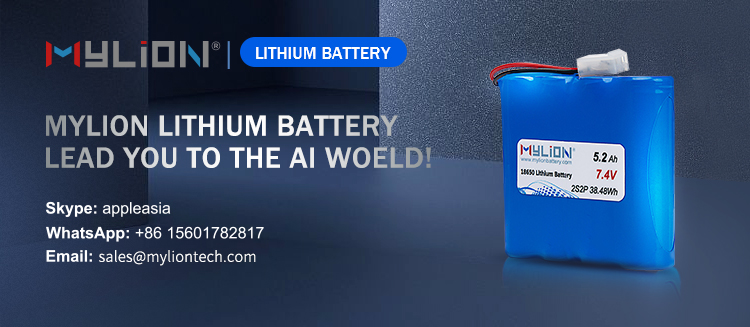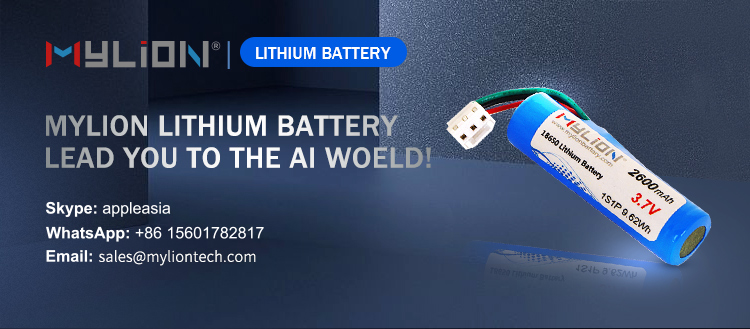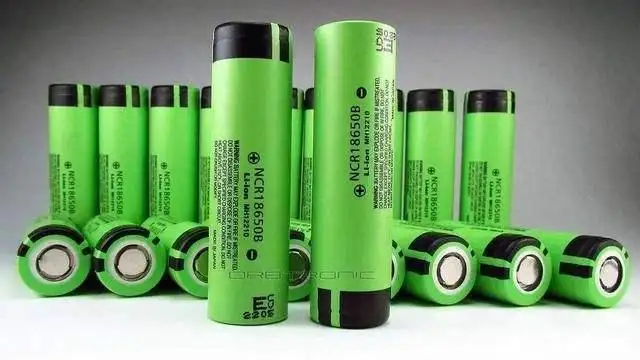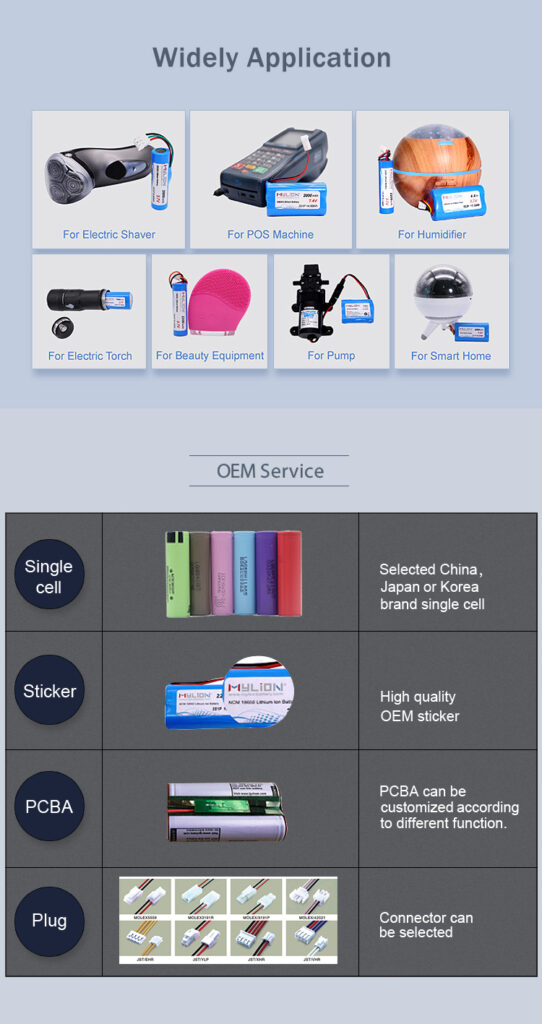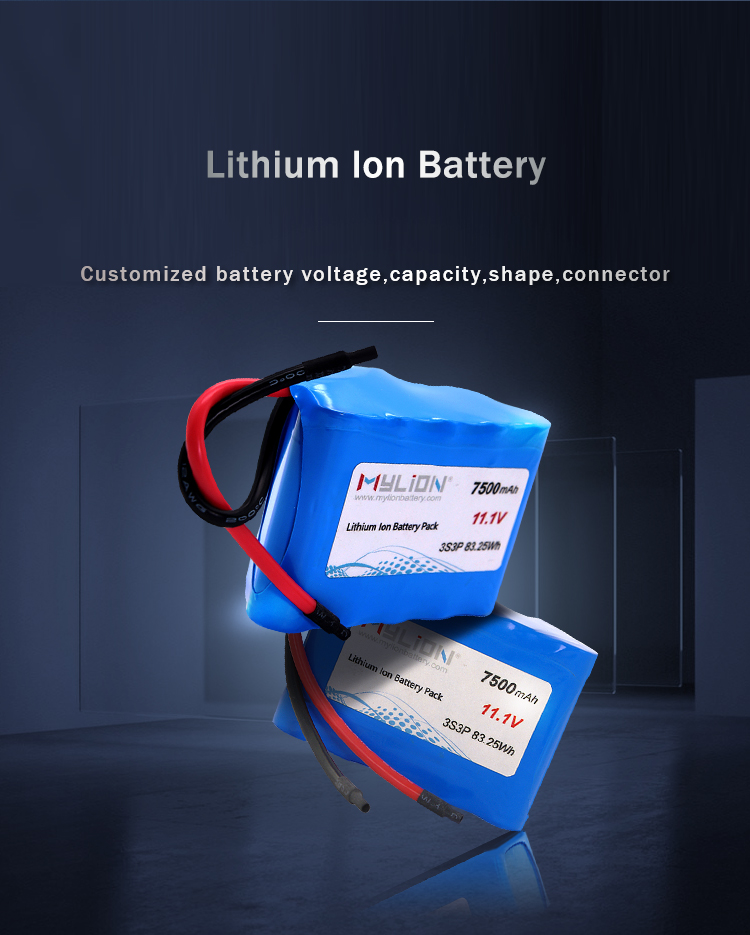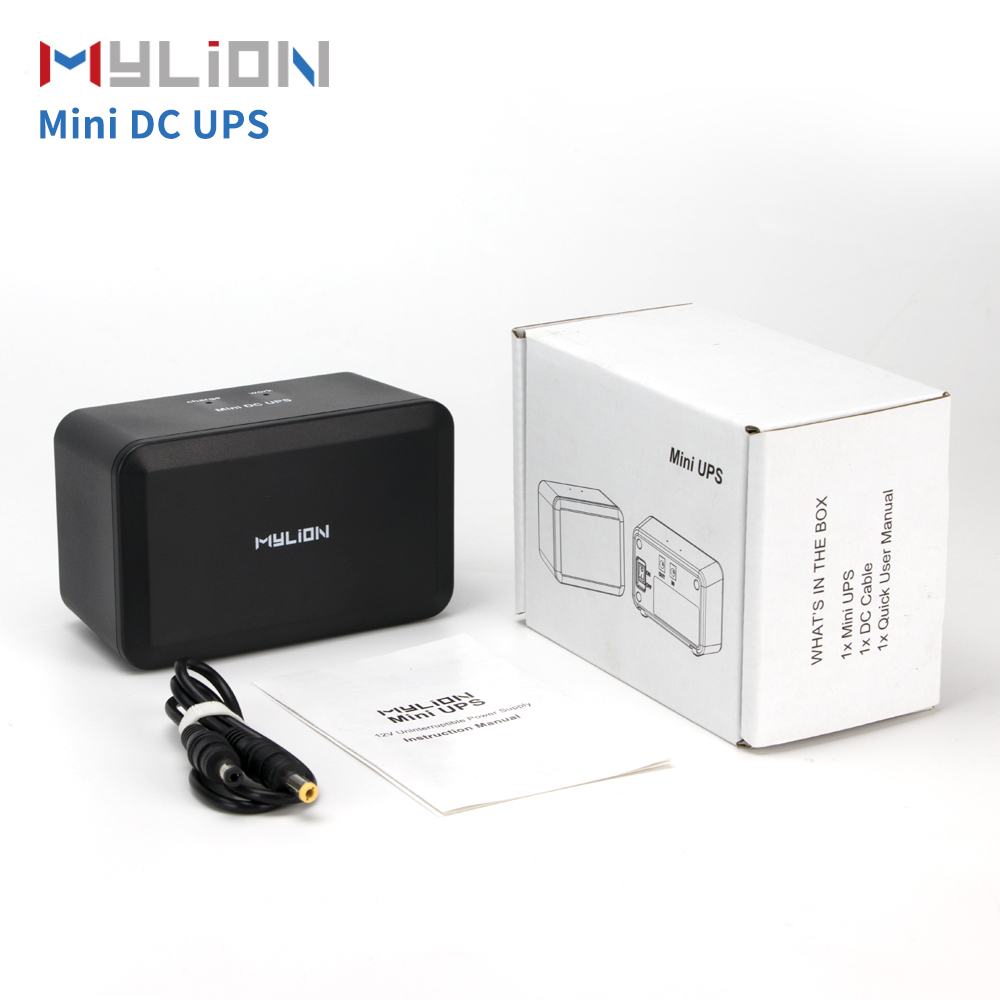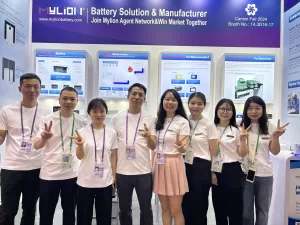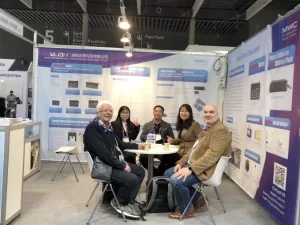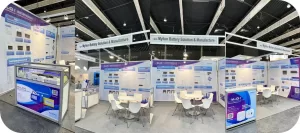Under the background of energy crisis and environmental pollution, lithium-ion batteries, as an ideal energy source for the development of the 21st century, have received more and more attention. However, some failures may occur during the production, transportation and use of lithium-ion batteries. Moreover, the failure of a single battery will affect the performance and reliability of the entire battery pack, and even cause the battery pack to stop working or other safety issues.
In recent years, there have been many battery-related fire and explosion accidents at home and abroad: the Tesla Model S electric vehicle fire accident in the United States, the Samsung Note7 mobile phone battery fire accident, the Wuhan Fute Electronics Factory fire, the Tianjin Samsung SDI factory fire, etc…
1. Classification of lithium battery failure
In order to avoid the above-mentioned performance degradation and battery safety problems, it is imperative to carry out failure analysis of lithium batteries. The failure of lithium battery refers to the deterioration of battery performance or abnormal use performance caused by some specific essential reasons, which is divided into performance failure and safety failure.
Performance failures include capacity diving, cycle life decay, abnormal voltage, abnormal current, excessive internal resistance, self-discharge, high and low temperature aging, poor rate performance, and poor consistency.
Safety failures include thermal runaway, short circuit, liquid leakage, flatulence, lithium evolution, expansion deformation, puncture (extrusion).
2. Reasons for the failure of lithium batteries
The reasons for the failure of lithium batteries can be divided into internal and external causes.
Internal factors mainly refer to the nature of physical and chemical changes of failure. The research scale can be traced back to the atomic and molecular scales, and the thermodynamic and kinetic changes of the failure process are studied.
External factors include impact, acupuncture, corrosion, high temperature combustion, man-made damage and other external factors.
3. Common failure performance and failure mechanism analysis of lithium batteries
capacity fade failure
“In the standard cycle life test, the discharge capacity should not be lower than 90% of the initial capacity when the number of cycles reaches 500. Or the discharge capacity should not be lower than 80% of the initial capacity when the number of cycles reaches 1000.” If the capacity declines sharply, it belongs to the capacity decay failure.
The root cause of battery capacity decay failure is the failure of materials, and it is closely related to objective factors such as battery manufacturing process and battery use environment. From the material point of view, the main reasons for the failure are the structural failure of the positive electrode material, the transitional growth of SEI on the negative electrode surface, the decomposition and deterioration of the electrolyte, the corrosion of the current collector, and the trace impurities in the system.
Structural failure of cathode materials: Structural failures of cathode materials include particle breakage of cathode materials, irreversible phase transitions, and material disorder. During the charging and discharging process of LiMn2O4, the structure of LiMn2O4 will be distorted due to the Jahn-Teller effect, and even the particles will be broken, resulting in the failure of the electrical contact between the particles. The LiMn1.5Ni0.5O4 material will undergo a “tetragonal-cubic system” phase transition during the charging and discharging process. During the charging and discharging process, the LiCoO2 material will enter the Li layer due to the transition and release of Li, resulting in a disordered layered structure. , restricting its capacity.
Failure of negative electrode material: The failure of graphite electrode mainly occurs on the graphite surface. The graphite surface reacts with the electrolyte to produce a solid electrolyte interphase (SEI). Excessive growth will lead to a decrease in the content of lithium ions in the internal system of the battery, resulting in capacity fading. The failure of silicon-based anode materials is mainly due to the cycle performance problems caused by their huge volume expansion.
Electrolyte failure: LiPF6 has poor stability and is easily decomposed, which reduces the content of transferable Li+ in the electrolyte. It also easily reacts with traces of water in the electrolyte to form HF, causing internal corrosion of the battery. Poor air tightness causes the electrolyte to deteriorate, and the viscosity and chromaticity of the electrolyte change, which eventually leads to a sharp decline in the performance of transporting ions.
Failure of the current collector: corrosion of the current collector, decrease of the adhesion of the current collector. The HF generated by the failure of the above-mentioned electrolyte will corrode the current collector and generate compounds with poor conductivity, resulting in increased ohmic contact or failure of active materials. During the charging and discharging process, after the Cu foil is dissolved at a low potential, it is deposited on the surface of the positive electrode, which is the so-called “copper precipitation”. A common form of current collector failure is that the binding force between the current collector and the active material is insufficient, resulting in the stripping of the active material, which cannot provide capacity for the battery.
Internal resistance increases
The increase in the internal resistance of lithium batteries will be accompanied by failures such as a decrease in energy density, a decrease in voltage and power, and battery heat generation. The main factors that lead to the increase of the internal resistance of lithium-ion batteries are divided into key battery materials and battery use environment.
Key battery materials: micro-cracks and crushing of positive electrode materials, destruction of negative electrode materials and excessive surface SEI, electrolyte aging, separation of active materials from current collectors, poor contact between active materials and conductive additives (including loss of conductive additives), The shrinkage hole of the diaphragm is blocked, and the welding of the battery tab is abnormal, etc.
Battery usage environment: high/low ambient temperature, overcharge and overdischarge, high rate charge and discharge, manufacturing process and battery design structure, etc.
Internal short circuit
Internal short circuits often cause self-discharge, capacity fading, local thermal runaway, and safety accidents of Li-ion batteries.
Short circuit between copper/aluminum current collectors: caused by the contact between positive and negative current collectors caused by untrimmed metal foreign objects piercing the separator or electrodes during battery production or use, and displacement of pole pieces or tabs in battery packaging.
Short circuit caused by diaphragm failure: diaphragm aging, diaphragm collapse, diaphragm corrosion, etc. will lead to diaphragm failure. The failed diaphragm loses electronic insulation or the gap becomes larger, making the positive and negative electrodes slightly contact, and then local heating is serious. Continued charging and discharging will spread around. , resulting in thermal runaway.
Impurities lead to short circuit: If the transition metal impurities in the positive electrode slurry are not cleaned up, it will pierce the separator or promote the formation of lithium dendrites in the negative electrode, resulting in an internal short circuit.
Short circuit caused by lithium dendrites: Li dendrites will appear in places where the local charge is not uniform during the long cycle, and the dendrites penetrate the separator and cause internal short circuits.
In the process of battery design and manufacturing or battery pack assembly, unreasonable design or excessive local pressure can also lead to internal short circuits. Internal short circuits can also occur under the induction of battery overshoot and overdischarge.
gas production
During the battery formation process, the phenomenon of gas production that occurs when the electrolyte is consumed to form a stable SEI film is normal gas production, but the phenomenon of excessive consumption of electrolyte to release gas or the release of oxygen from positive electrode materials is abnormal gas production. It often occurs in soft-pack batteries, which will cause excessive internal pressure and deformation of the battery, rupture of the packaging aluminum film, and internal cell contact problems.
The trace moisture in the electrolyte or the electrode active material is not dried, resulting in the decomposition of the lithium salt in the electrolyte to generate HF, which corrodes the current collector Al and destroys the binder to generate hydrogen. Electrochemical decomposition of chain/cyclic esters or ethers in the electrolyte caused by inappropriate voltage range will produce C2H4, C2H6, C3H6, C3H8, CO2, etc.
Thermal runaway
Thermal runaway refers to the rapid rise of the local or overall temperature inside the lithium-ion battery, the heat cannot be dissipated in time, a large amount of heat is accumulated inside, and further side reactions are induced. The factors that induce the thermal runaway of lithium batteries are abnormal operating conditions, that is, abuse, short circuit, high rate, high temperature, extrusion, and acupuncture.
Lithium precipitation
Lithium precipitation is the precipitation of metallic lithium on the surface of the negative electrode of the battery, which is a common aging failure phenomenon of lithium batteries. Lithium precipitation will reduce the active lithium ions inside the battery, resulting in capacity failure, and will form dendrites to pierce the separator, which will lead to excessive local current and heat generation, and ultimately lead to battery safety problems.
China’s failure analysis has been systematically developed in the field of machinery and aviation, but has not been systematically studied in the field of lithium batteries. Battery companies and material companies carry out research on failure analysis of lithium-ion batteries, but they mostly focus on the research and development of battery manufacturing processes and materials, with the direct goal of improving battery performance and reducing battery costs. In the future, the research institute and related enterprises can strengthen cooperation and exchanges, and strive to establish and improve the failure fault tree and failure analysis process of lithium-ion batteries.



